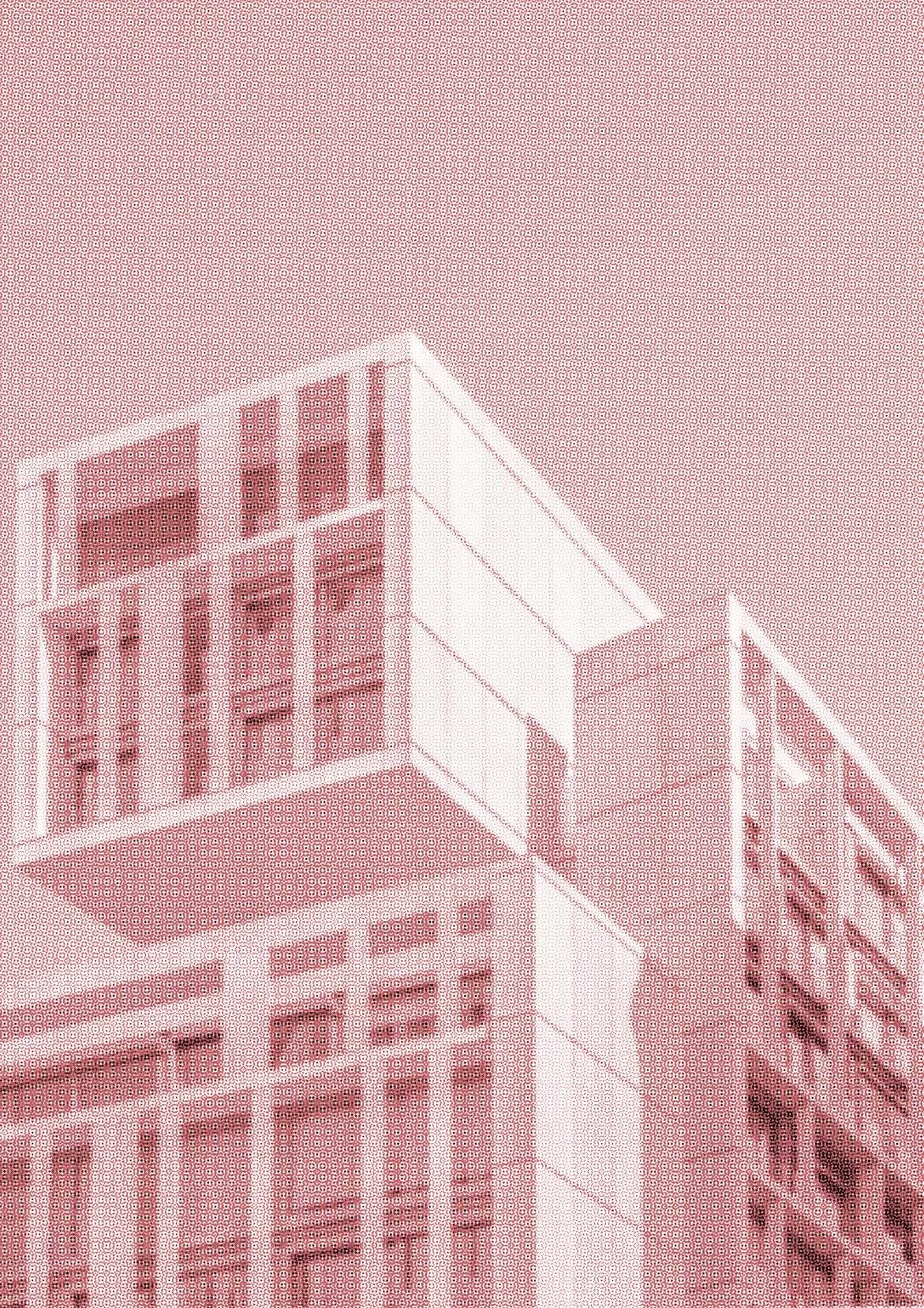About > The Project
In HeritACT, heritage is seen as a sort of ‘catalyst of everydayness’ for people, a ‘unifying hub’ that creates value for community life, and that recruits different forms of knowledge from the arts, the humanities and the new digital technologies to communicate Cultural Heritage
We are looking to…
Promote a European Perspective on Cultural Heritage as a driver for sustainable development and well-being.
Building future on local heritage by emplacing architecture into the practice of inclusive placemaking.
Activate heritage through the creation and promotion of HERITHUBS that will act as hubs of culture, innovation and education, that trigger inclusive and social interactions through the participation and collaboration among citizens, cultural and creative industries and local stakeholders.
Enhance people’s creativity driving participatory processes and inclusiveness during and beyond the transformation of spaces through cutting-edge tech.
Design for the experience-driven life by re-thinking and re-inventing how people experience aspects of their lives and places and spaces that they live in.
Foster the co-creation of heritage reactivation to preserve ecosystems and promote a better understanding of relations between nature and architecture through a set of archetypal innovative solutions and demonstrations in line with the European Green Deal.
Boost the use of new recycled and green materials, innovative digital manufacturing technology and new forms based on data analysis and computation for the development of heritage reactivation solutions.
Leverage the power of creativity and innovation by architects, designers, artists, and new talents increasing their visibility and recognition within events and festivals activating the heritage network.
Develop new cost-efficient and sustainable guidelines and recommendations in line with NEB principles through heritage prism and promote the HeritACT results through European clusters and networking.
Reactivating local heritage: HeritACT’s Methodology
The approach leverages placemaking in order to enable citizens and organisations to imagine, plan and negotiate the form and use of public spaces and to regenerate urban environments. Grounded to this shared vision for the creation of desirable public spaces, four interrelated elements are synthesized:
Places:
the virtual and physical locations where new ideas emerge and evolve.
Activities:
active processes such as events, meetings, mapping, etc., that are connected to heritage activation and innovation in the city.
Data:
existing or new data that provide an evidence base for innovation.
Enabling Mechanisms:
mechanisms that enable stakeholders to have an active role in the city’s transformation.
HeritACT tools and processes are tested in 3 pilot sites to stimulate thinking and go beyond classic ways of problem solving to find more appropriate, tailored and satisfying solutions for the users:
MILANO
BALLINA
ELEFSINA
Meet the HeritACT project in action!
Explore the different scenarios and intervention areas of the three pilot cities. Get to know the stakeholders involved, heritage and cultural values of the site and its current situation.









